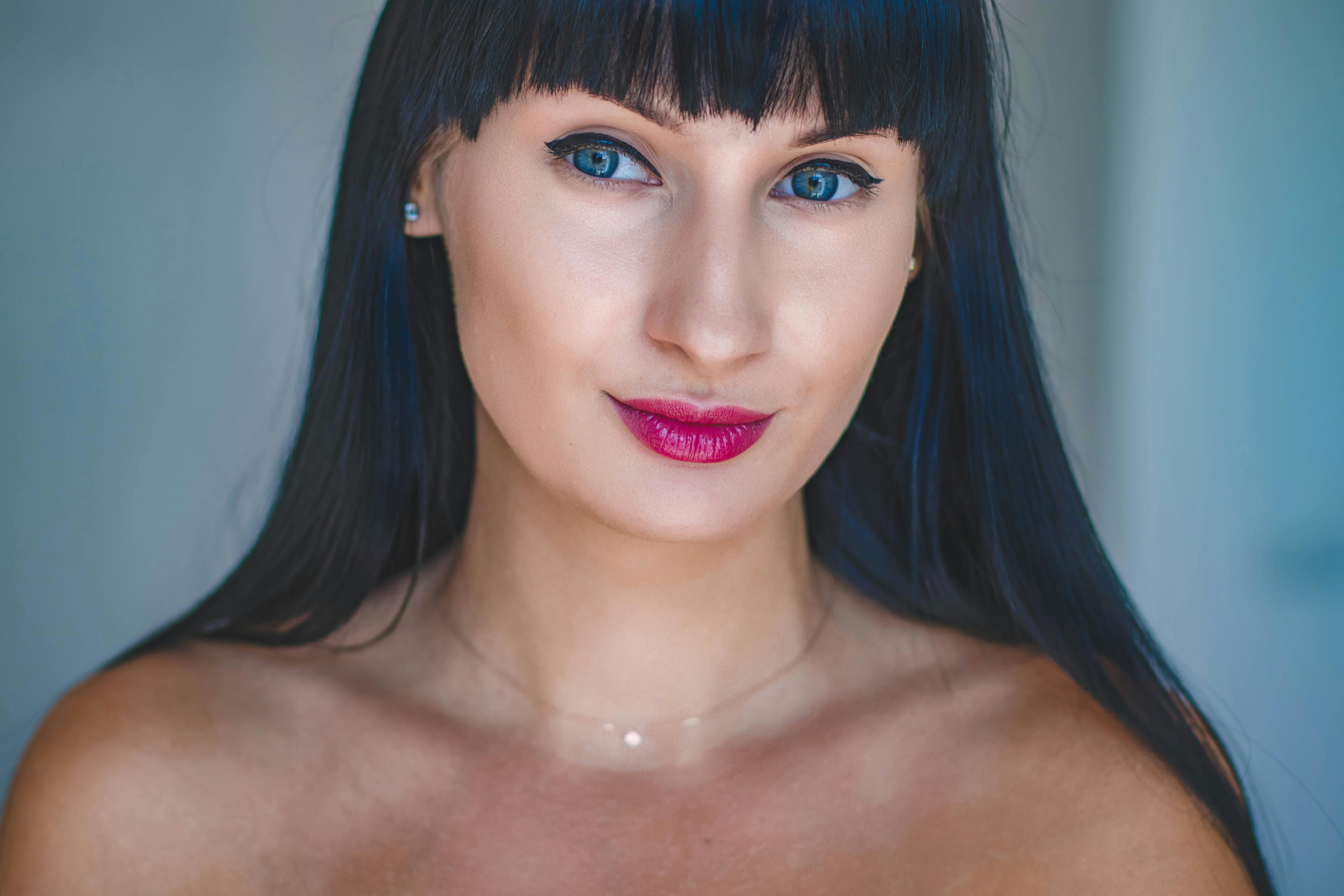Fashion session and portfolio – Beauty does not age
Our mission is to help people see the best in themselves through the art and experience of fashion photography. We believe that a photo session is not just a transformation of your appearance. It’s an evolution in the way you see yourself.
Pre-shoot planning
Step 1: Budget
It is always better to assess your budget first. You don’t want to start planning, hoping, and dreaming about an amazing concept, only to realize that you can’t afford to make it happen.
Step 2: Creative direction
Now that you know how much budget you have to work with, you can brainstorm your creative direction. A teardrop mood board is a great place to start.
Drawing tears can be physically ripping things you like out of catalogs and magazines, taking screenshots of other websites, pulling out your own past work, or making a Pinterest board. Whatever you do, it’s a good idea to put it in a shareable digital format so you can easily share it with other members of your team.
It’s important to review and keep in mind the product you’re photographing as you shed tears to make sure there isn’t a disconnect between what you’re envisioning and the product you have to work with. For example, you might love the look of a photo shoot that took place in a sleek modern home, but if your product is bohemian, you’ll have a hard time making that vision succeed.
Once you’ve assembled your inspiration panel, you can determine if you want to achieve your vision in a studio or somewhere.
Step 3: Reserve
Hiring the right people is just as important as having a great product and even more important than a great location, in my opinion. Quality talent takes quality photos. If you have the best fashion photographers, they can make a less than ideal location look fantastic.
For a lookbook session, you will need to book the following:
Photographer – You can’t create a good piece of art without an amazing artist, you need a professional photographer for the model portfolio.
• Role Model – Pick someone you think is a good fit for the brand and with whom your customer will identify. A good model knows her angles, what expressions look good on her, how to take direction, and how to look natural. If you don’t pay for a good model, you may have to take a few hundred photos to get one you like. A good model will save you time (which is the same as money).
• Stylist – Depending on what you need and what you can afford, a stylist can be an incredibly valuable member of your team. They can help you put together looks, source accessories, create shot lists, make product fit perfectly on set, and help with creative direction on outfits.
• Hair and makeup: Looking good on camera is different than looking good in plain sight. It is worth bringing a professional who knows hair and makeup for photography; For example, he may want his model to have smoky eyes, but the flash creates shadows that intensify that look. You want a makeup artist who knows how to adjust the lighting to achieve the desired look on camera.
• Location – If you’re shooting in a studio, you should set aside time if the photographer doesn’t already have their own space. If you’re filming on location, you may need to purchase public space permits, rent private housing, or obtain a permit to film at a hotel or other commercial property.
• Set Designer and/or Props Stylist – If you’re shooting in a studio and have something unique you want to create, you may want to hire a set designer and/or props stylist to bring the set to life.
